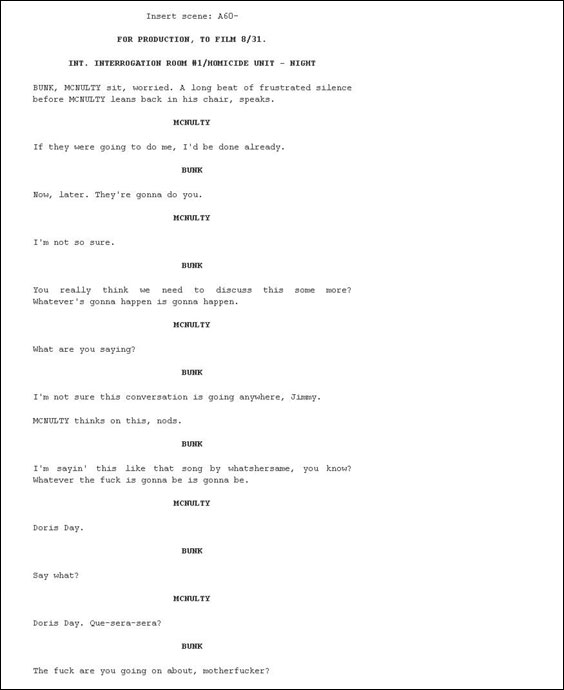Michael C. Corballis in American Scientist:
In 1866, the Linguistic Society of Paris famously banned all discussion of the origins of language. The London Philological Society followed suit in 1872. Speculation about the evolution of language remained stifled for a century, and it was only in the 1970s that muted discussion began to emerge, often with an air of apology. Eventually, though, the floodgates opened, and the past two decades have seen a deluge of articles, books and conferences on the topic. The current state of the field is largely one of chaos, to the point that some observers might be tempted to think the ban should be reinstated. Most agree that language is in essence uniquely human, so that evidence as to its evolution remains indirect, and speculation can run wild. Nevertheless, recent advances in genetics, archeology, neurophysiology and computer modeling have provided powerful if sometimes conflicting leads.
Christine Kenneally reviews the current state of the field in her new book. An experienced science journalist with a Ph.D. in linguistics, she is well qualified for the task. The focal point for her discussion is a high-profile symposium on the evolution of language held in 2005 at Stony Brook, New York, where many of the leading players met and gave talks, but her reading and interviews range more widely. The First Word is almost certainly not the last word, but it does provide a lucid, readable, comprehensive account of the different ideas that are now current.
One figure who continues to exert a major if not always benign influence is Noam Chomsky, the dominant linguist of the past half-century, who made a rare appearance at the symposium.
More here.















